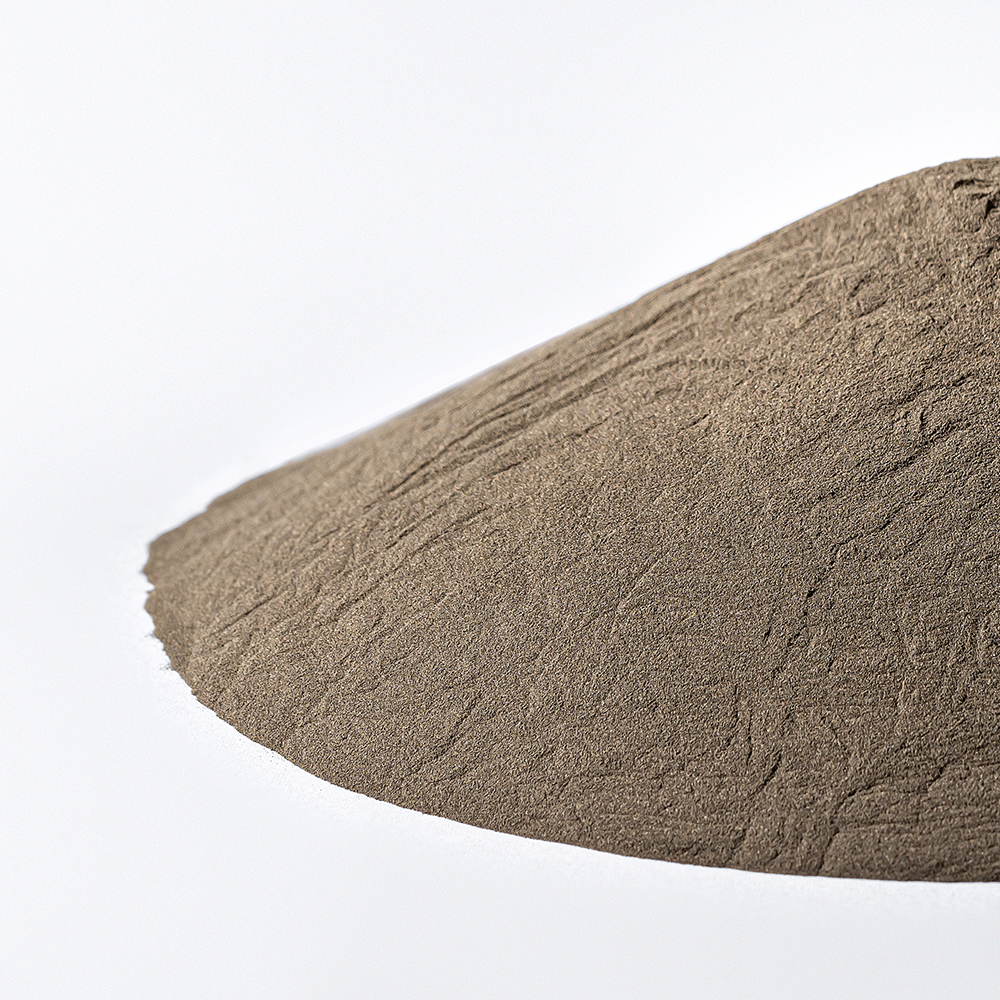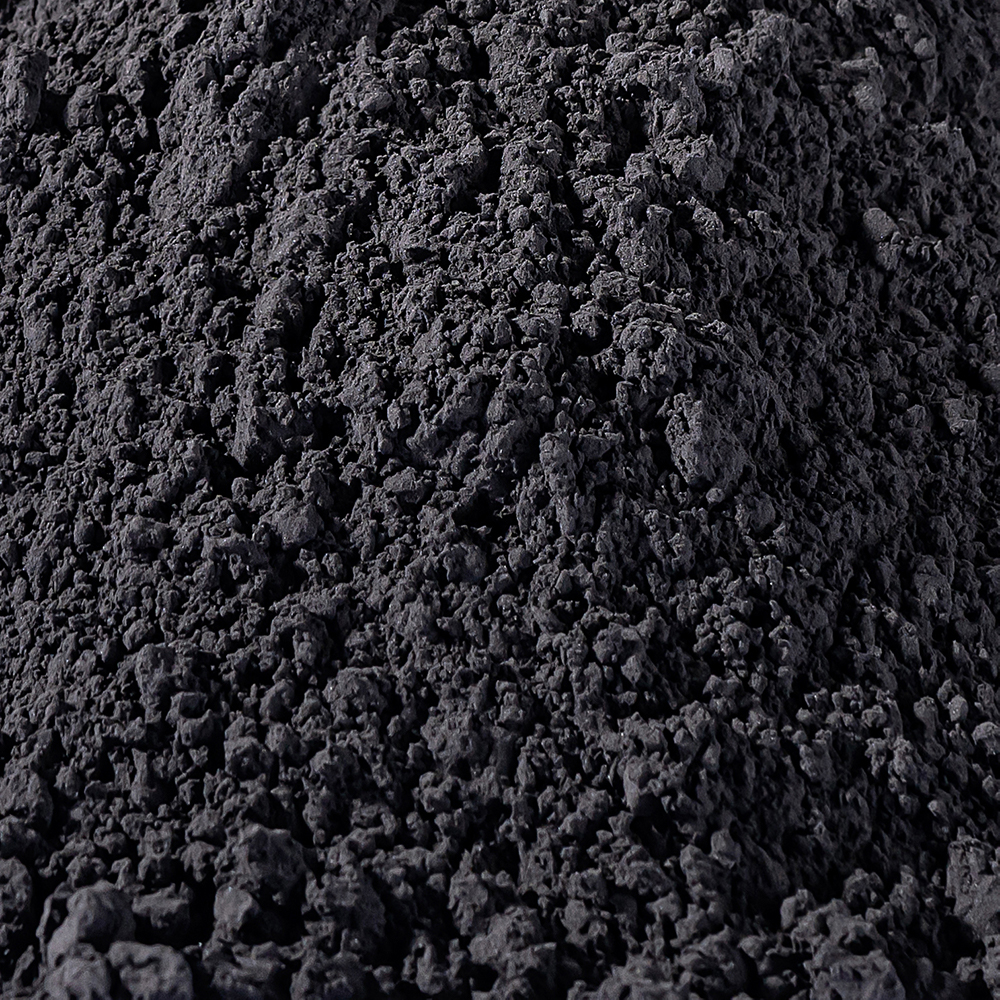
The Difference Between Wire Drawing Dies and Extrusion Dies
In the world of metalworking, the processes of wire drawing and extrusion are pivotal techniques used to form metal components. These processes require specialized tools known as dies. At Jinchun, a leading metal powder manufacturer, understanding the nuances between wire drawing dies and extrusion dies is essential for optimizing production processes and ensuring high-quality output.
Understanding Wire Drawing Dies
Wire drawing is a metalworking process used to reduce the diameter of a wire by pulling it through a series of dies. The primary objective is to achieve a specific diameter and surface finish. Wire drawing dies are crucial in this process as they define the final dimensions and surface quality of the wire.
The design of wire drawing dies involves a series of considerations, including the type of metal being drawn, the desired final dimensions, and the required surface finish. The dies are typically made from hard materials such as tungsten carbide or diamond, which are capable of withstanding the high stresses involved in the drawing process.
![]()
Components of Wire Drawing Dies
Wire drawing dies consist of several key components:
- Entrance Zone: This is where the wire initially contacts the die. It is designed to guide the wire smoothly into the die.
- Reduction Zone: The wire is compressed and reduced in diameter in this section. The angle of the reduction zone is critical for controlling the drawing force and preventing wire breakage.
- Bearing Zone: This zone maintains the wire’s diameter and ensures a consistent finish.
- Exit Zone: The final section where the wire exits the die. It helps in reducing friction and wear on the die.
At Jinchun, our expertise in metal powder manufacturing enables us to produce high-quality wire drawing dies that cater to various industrial needs. Our dies are engineered to deliver precision and durability, ensuring optimal performance in wire drawing operations.
Exploring Extrusion Dies
Extrusion is a process used to create objects of a fixed cross-sectional profile by pushing or drawing the material through a die. Extrusion dies are designed to shape the material as it flows through the die, resulting in products such as tubes, rods, and complex profiles.
Extrusion dies are more complex than wire drawing dies due to the variety of shapes and sizes they can produce. The design of an extrusion die must accommodate the flow characteristics of the material being extruded, as well as the desired shape and dimensions of the final product.
Key Features of Extrusion Dies
Extrusion dies have several important features:
- Die Opening: The shape of the die opening determines the cross-sectional profile of the extruded product. Precision in this area is crucial for achieving the desired product specifications.
- Mandrel: In the case of hollow profiles, a mandrel is used to create the internal cavity of the extrusion.
- Land Length: The land length is the portion of the die that maintains the shape of the extruded material. It is critical for ensuring dimensional accuracy and surface quality.
- Backer and Bolster Plates: These components provide structural support to the die, ensuring it can withstand the pressures of the extrusion process.
Jinchun’s expertise in metal powder technology allows us to manufacture extrusion dies that meet the highest standards of precision and performance. Our dies are tailored to the specific requirements of each extrusion process, ensuring efficient and reliable production.
Comparative Analysis: Wire Drawing Dies vs. Extrusion Dies
While both wire drawing and extrusion dies serve the purpose of shaping metal, they differ in several key aspects:
Process Differences
The primary difference between wire drawing and extrusion lies in the method of material deformation. Wire drawing involves pulling the material through a die, while extrusion involves pushing the material through a die. This fundamental difference impacts the design and function of the dies used in each process.
Material Considerations
The choice of die material is crucial for both processes. Wire drawing dies typically use tungsten carbide or diamond due to their hardness and wear resistance. In contrast, extrusion dies may use various materials, including hardened steel and nickel-based alloys, depending on the material being extruded and the complexity of the die design.
Design Complexity
Extrusion dies are generally more complex than wire drawing dies due to the variety of shapes they can produce. The design of an extrusion die must account for factors such as material flow, cooling rates, and dimensional tolerances. Wire drawing dies, while simpler, require precise control over the reduction angle and bearing length to achieve the desired wire characteristics.
Applications in Industry
Both wire drawing and extrusion processes are integral to various industries, each serving distinct applications:
Wire Drawing Applications
Wire drawing is commonly used in the production of electrical wires, cables, and springs. The process is favored for its ability to produce long lengths of wire with consistent diameter and surface finish. At Jinchun, we provide wire drawing dies that cater to the high demands of the electrical and automotive industries, ensuring superior product quality and performance.
Extrusion Applications
Extrusion is widely used in the production of pipes, tubes, and structural components. The process is versatile, allowing for the creation of complex cross-sectional profiles. Jinchun’s extrusion dies are designed to meet the needs of industries such as construction, aerospace, and transportation, delivering precision-engineered components that meet stringent quality standards.
Conclusion
Understanding the differences between wire drawing dies and extrusion dies is crucial for optimizing metalworking processes. At Jinchun, our commitment to excellence in metal powder manufacturing enables us to produce high-quality dies that meet the diverse needs of our clients. Whether it’s achieving the perfect wire diameter or crafting intricate extruded profiles, our dies are engineered to deliver exceptional performance and durability.
As industries continue to evolve and demand higher precision and efficiency, Jinchun remains at the forefront of innovation in die manufacturing. Our expertise, combined with cutting-edge technology, ensures that we can provide solutions that meet the ever-changing needs of our clients, driving success in their metalworking endeavors.
For more information on our range of wire drawing and extrusion dies, or to discuss your specific requirements, please contact Jinchun. Our team of experts is ready to assist you in achieving your production goals with precision and reliability.
Tags:Metal Material,welding consumables metal materials,diamond tools and powder metallurgy metal materials

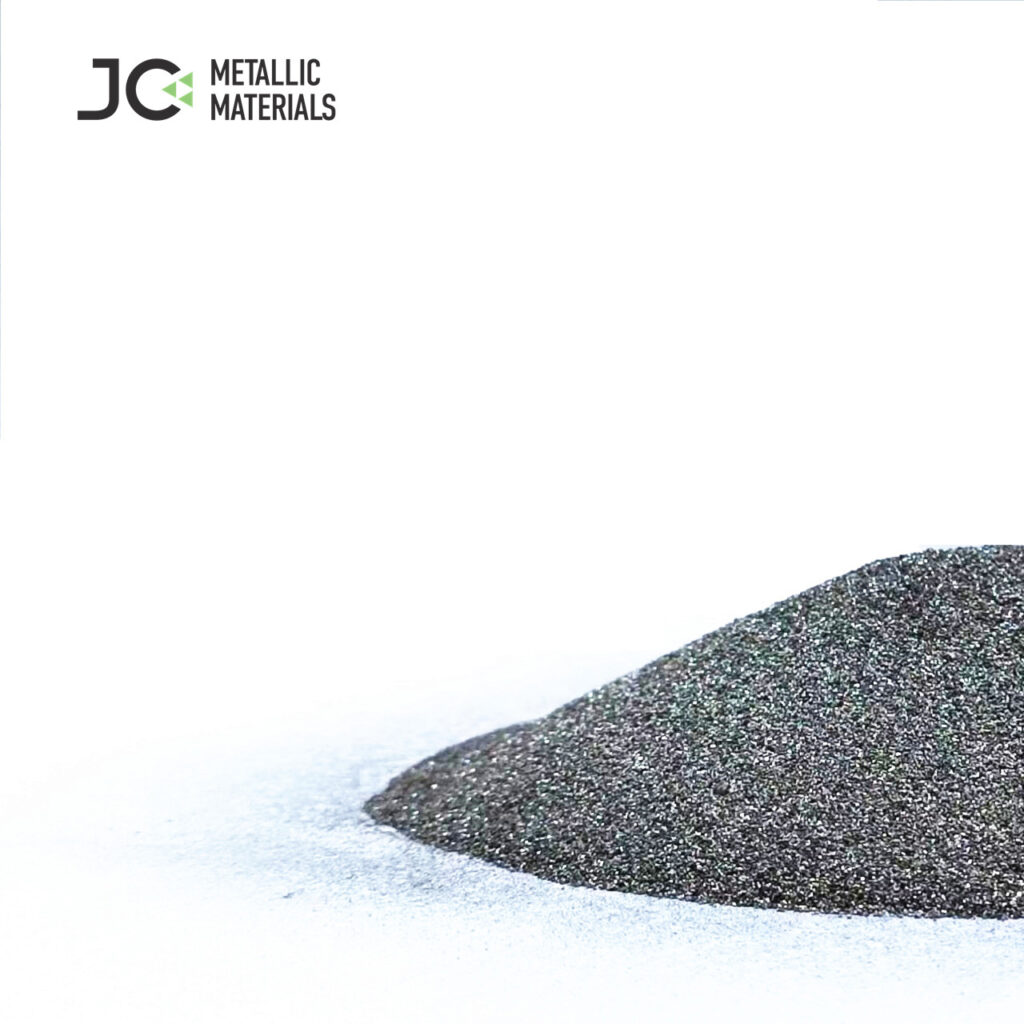
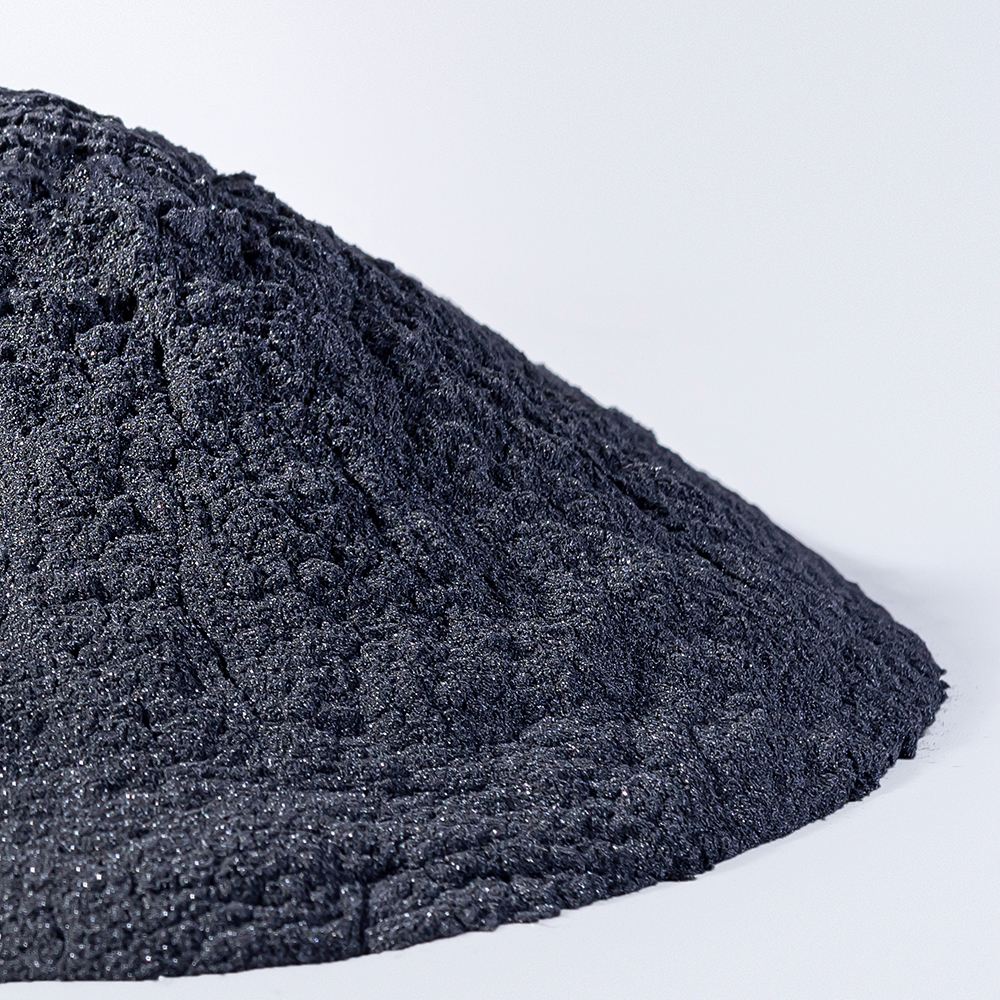
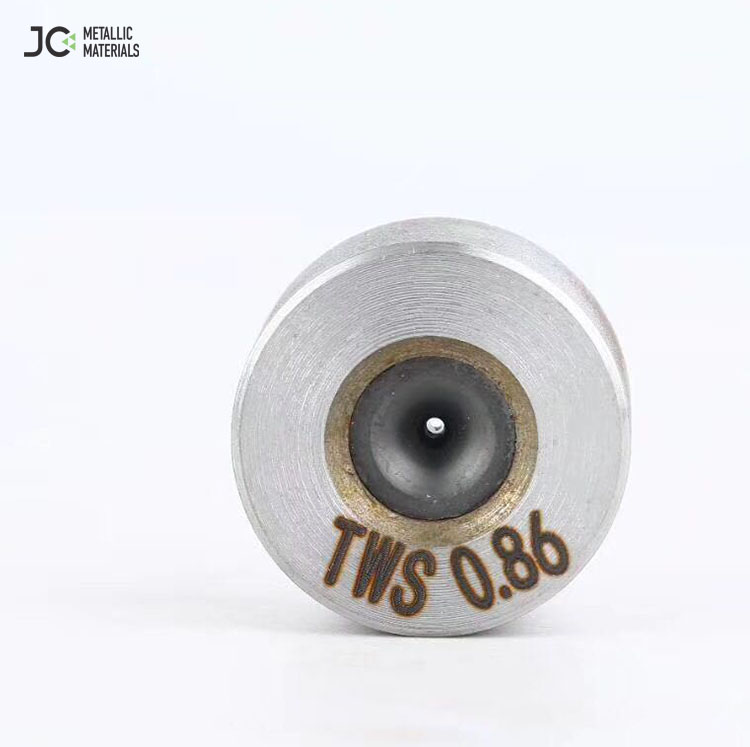
_6258副本-2.jpg)
